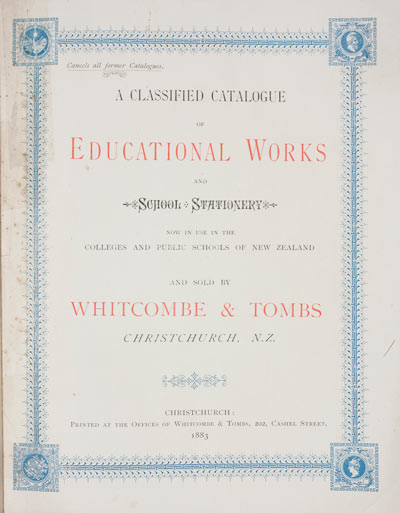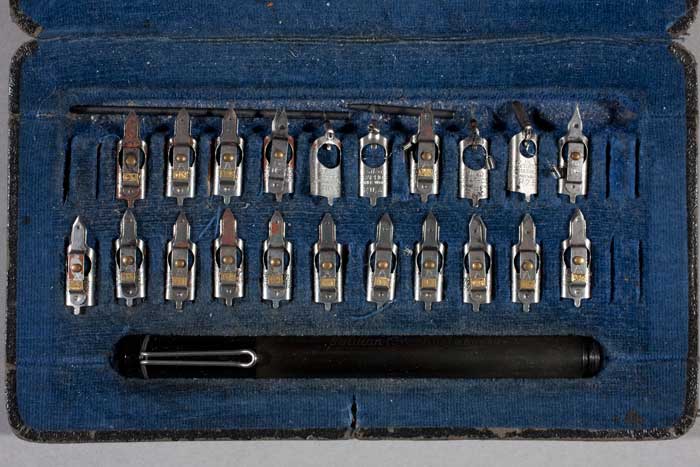As architectural drawings changed over the course of the 19th Century, drawing instruments also become more complex. In the first half of 19th Century most architects would have maintained at least a simple standard set of instruments including a steel ruling pen, a metal pencil port, a divider, a compass, a parallel ruler, scales, a bevel, and a protractor. Some architects would also have used a proportional compass, a pantograph, a drawing board, and T-square. Beyond the 1860s drawing instruments remained largely the same, but were slowly refined and improved. The most commonly used new tool recommended in the late 1800s was the French curve.
The late 1800s also saw the establishment of European and British firms specializing in drawing instruments, papers and inks. The new artistic style of drawings required new types of papers such as glazed papers, watercolour papers, and cartridge papers. A favourite in America at this time was Whatman papers, which were available in Christchurch through Whitcombe and Tombs. Even paper created work for the architect though, as it needed to be prepared by trimming, mounting, stretching, and dampening it to prevent the paper cockling or warping, which would affect drawing.


